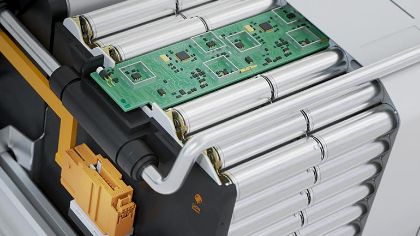SMT BOM: The Key Material List in EMS
SMT BOM Optimizing Production Processes and Enhancing Supply Chain Efficiency
the SMT BOM (Bill of Materials) is a core document in the SMT production process. It not only lists detailed information about all components but also directly impacts procurement, production, and quality control. Therefore, an accurate SMT BOM can significantly improve production efficiency and reduce error rates.
Core Elements of an SMT BOM
An SMT BOM typically includes key data such as component part numbers, specifications, reference designators, package types, and supplier information. First, accurate part numbers and specifications help prevent procurement errors, while reference designators ensure the pick-and-place machine correctly identifies component locations. Additionally, package types (e.g., 0402, QFN) are critical for soldering processes—incorrect packages may lead to production delays or product failures.
Transitional phrase: Beyond these elements, supplier information is equally important. A stable supply chain minimizes material shortages and ensures smooth production planning.
Strategies for Optimizing SMT BOMs
To enhance BOM accuracy and usability, companies can adopt the following measures:
Standardized Naming Conventions: Uniform component naming reduces human errors.
Version Control: Ensures BOM updates align with product iterations, preventing confusion between old and new versions.
Automated Verification: Uses EDA (Electronic Design Automation) tools to check consistency between the BOM and PCB design.
Transitional phrase: Moreover, establishing data-sharing mechanisms with suppliers can further optimize BOM management. For example, real-time synchronization of component inventory and lead times can help preempt potential risks.
Conclusion
In today’s competitive electronics industry, efficient SMT BOM management has become a critical success factor. By implementing standardized data practices, optimizing workflows, and leveraging intelligent tools, manufacturers can achieve substantial improvements in production efficiency while minimizing material waste. These advancements not only reduce costs but also strengthen overall market competitiveness. Looking ahead, the continued evolution of smart manufacturing technologies promises even greater automation and intelligence in BOM management, unlocking new levels of efficiency and quality for the electronics sector. As Industry 4.0 progresses, companies that master BOM optimization will gain a significant strategic advantage.


